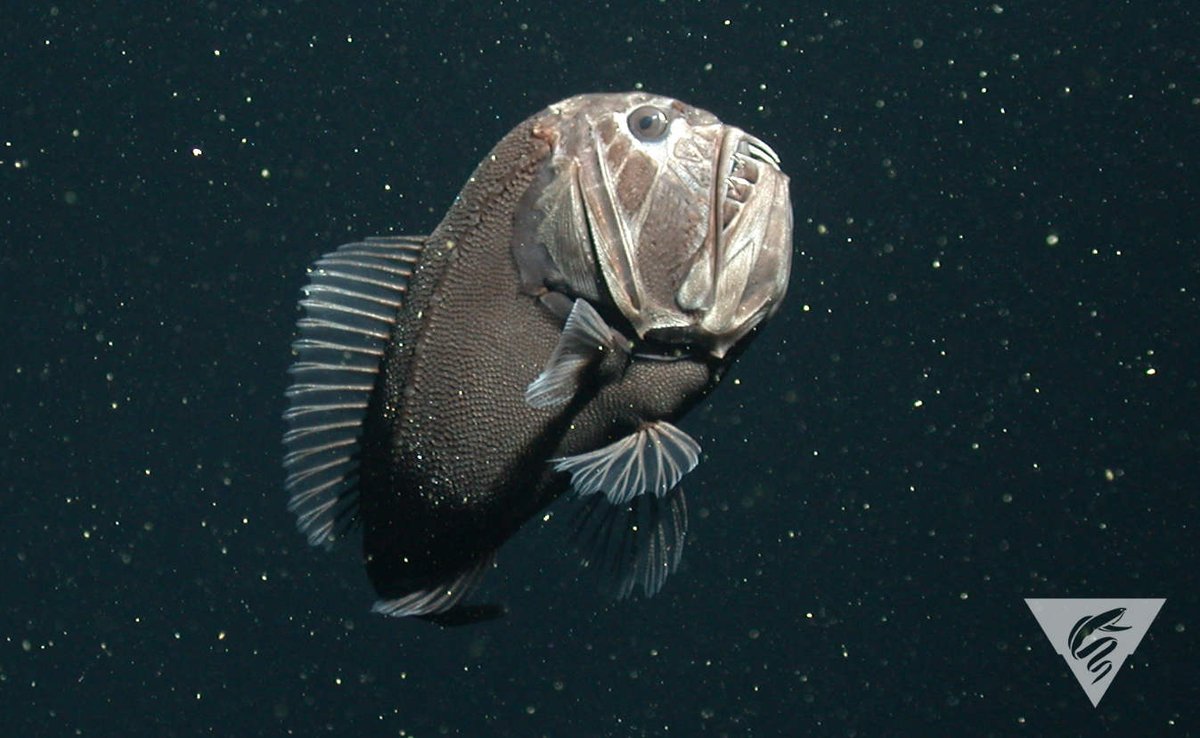
A world of sound lies beneath the ocean’s surface. New research led by MBARI biological oceanographer John Ryan reported in @FrontMarineSci this week found a reduction in noise from shipping traffic in the @MBNMS during the COVID-19 pandemic.
Learn more: mbari.org/pandemic-reduc…
Learn more: mbari.org/pandemic-reduc…
MBARI has a hydrophone deep in Monterey Bay that continuously listens to the underwater soundscape. It records natural sounds, as well as noise from human activities, like shipping. Audio streams to shore in real time, allowing researchers to see change when it is happening. 

In 2020, the research team noticed a quieter soundscape in Monterey Bay. Low-frequency noise declined from January to June. Compared to data recorded for that same period in 2018 and 2019, this noise was reduced by half. 

Analyzing data from government agencies revealed the arteries of shipping traffic off Central California. The reduction in low-frequency noise between January and June 2020 occurred alongside unusually low maritime shipping activity across the state during the COVID-19 pandemic. 

“The sound of global trade is in the ocean, and that sound is noise. Ocean noise levels responded very quickly to economic impacts of the pandemic,” said John Ryan, a biological oceanographer at MBARI and lead author of the study.
Learn more: mbari.org/pandemic-reduc…
Learn more: mbari.org/pandemic-reduc…
MBARI streams audio from the MARS hydrophone to our Soundscape Listening Room. Listen live or check out our library of archived sounds, including marine mammal vocalizations.
Take a listen to the #OceanSoundScape: mbari.org/soundscape-lis…
Take a listen to the #OceanSoundScape: mbari.org/soundscape-lis…
• • •
Missing some Tweet in this thread? You can try to
force a refresh




